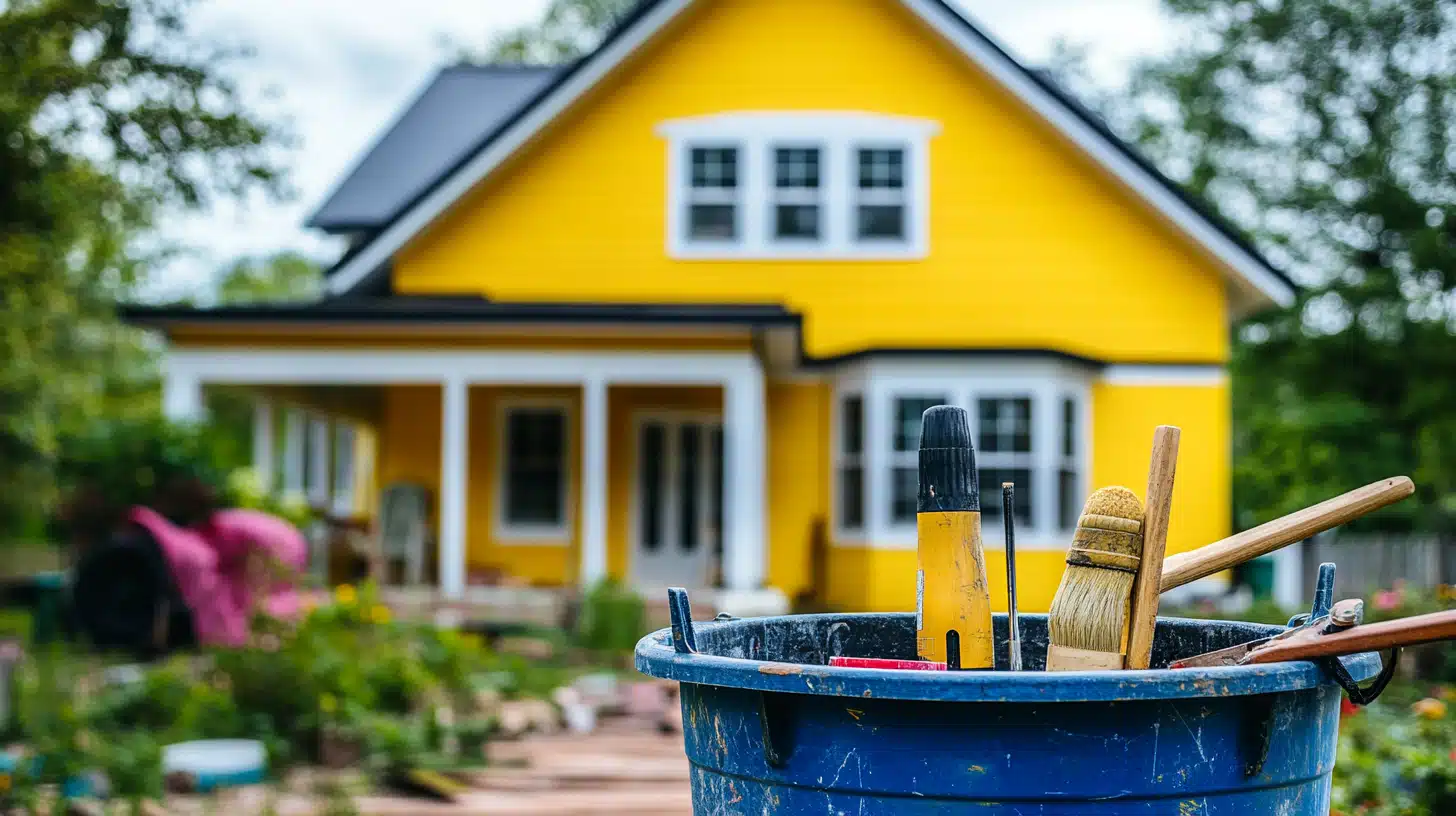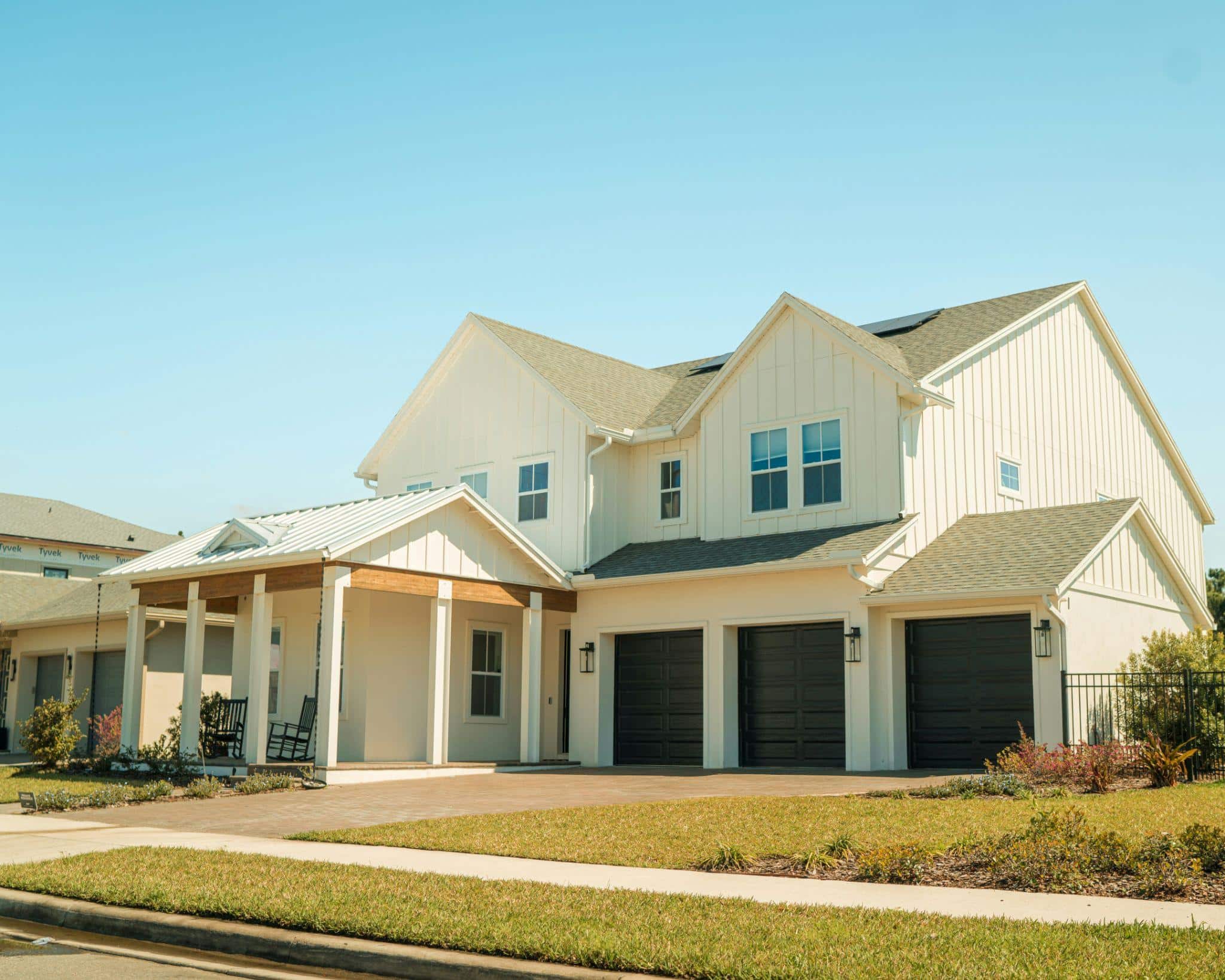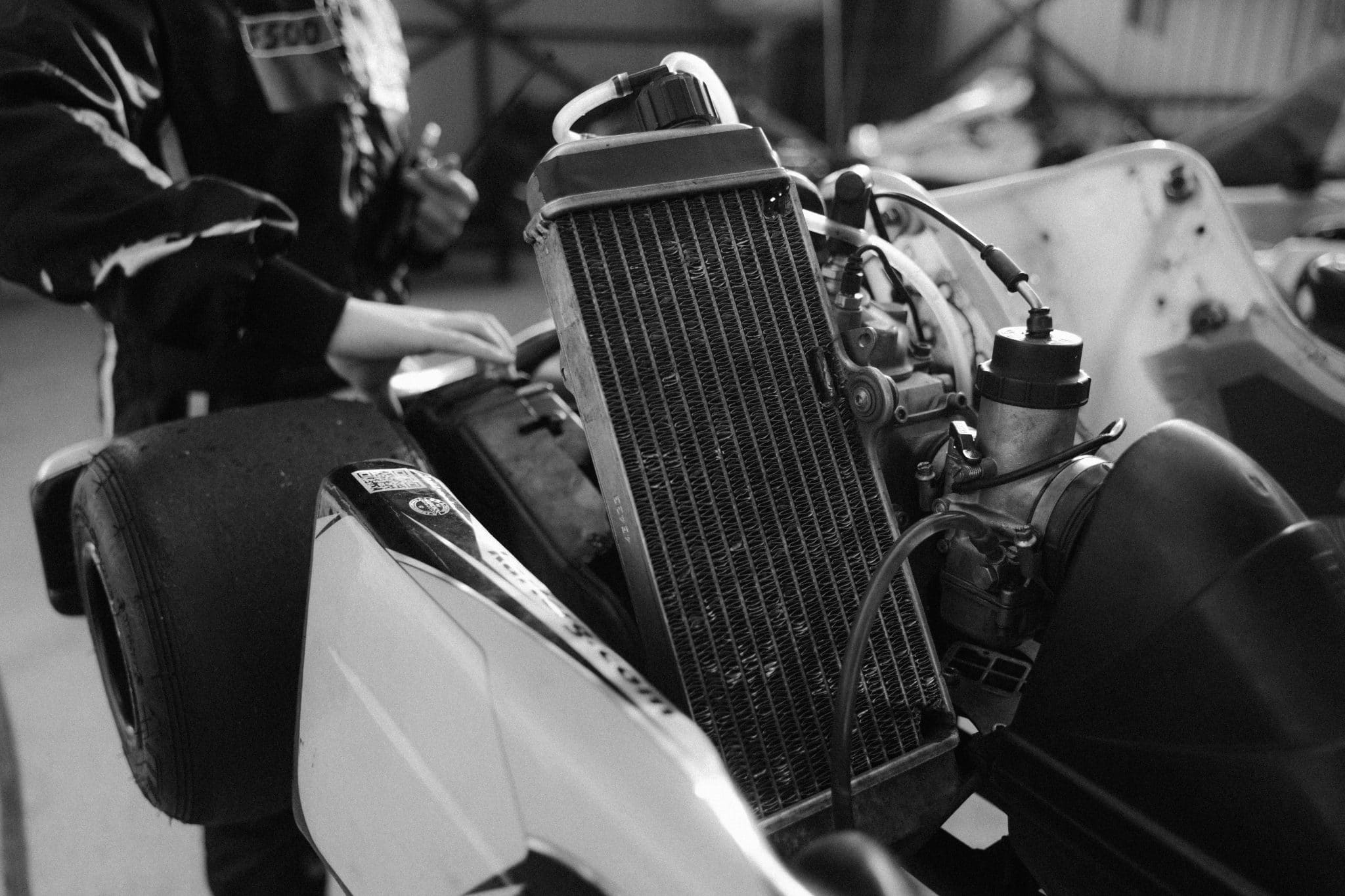Homeownership is a momentous milestone worthy of celebration, but it comes at a cost. For homeowners, paying for repairs is a monthly expense. However, regular home maintenance helps keep your space safe, efficient, and comfortable. Simple upkeep can prevent minor issues from turning into costly repairs.
This guide will take you through the fundamental tasks to keep your home in top condition, making maintenance feel manageable and rewarding.
Seasonal Home Maintenance Checklist
Every season brings different challenges, so having a checklist can help you stay organized. Here are a few necessary tasks to keep your home in top shape throughout the year:
- Spring: As temperatures rise, check your roof for winter damage, clean out gutters, and inspect your HVAC system before summer heat arrives. Test outdoor faucets and sprinklers to ensure they’re working correctly. If necessary, examine your foundation for cracks and reseal driveways or walkways to prevent further deterioration.
- Summer: Keep your home cool by checking the seals around windows and doors. Clean your ceiling fans and replace air filters to keep air circulating efficiently. Also, examine your outdoor furniture, repaint if necessary, and store cushions properly to prolong their lifespan.
- Fall: Prepare for colder months by servicing your heating system, checking insulation, and cleaning the chimney if you use a fireplace. Clean and inspect your dryer vent to reduce fire hazards and improve efficiency.
- Winter: Test the smoke and carbon monoxide detectors and ensure that snow removal tools are accessible. Keep an eye on ice dams forming on the roof, which can lead to leaks. Also, check for condensation buildup around windows, as it can signal inadequate insulation.
Preventative maintenance is key. Addressing insignificant issues early can save money and prevent more significant problems.
Energy Efficiency Tips for a Cost-Effective Home
Improving energy efficiency doesn’t require a significant renovation. Let’s look at a few minor adjustments that can lead to observable savings on utility bills:
- Seal drafts: Check for crevices around windows and doors, using weather stripping or caulk to keep warm air in during winter and out during summer.
- Unplug unused devices: Electronics continue to draw power even when turned off. Power strips make turning off multiple devices at once more effortless.
- Install energy-efficient appliances: If you’re due for an upgrade, look for Energy Star-certified appliances that consume less power and water, lessening utility bills over time.
These simple steps contribute to a comfortable home while lowering energy costs. Plus, they support environmental sustainability by reducing your overall energy consumption.
Understanding Basic Electrical Safety
Electrical systems require attention to ensure safety and efficiency. Regular inspections can prevent hazards like faulty wiring or overloaded circuits. A helpful resource for homeowners is making an electrical safety and performance checklist in addition to these key electrical safety tips:
- Check outlets and cords: Look for wear, discoloration, or sparking signs. If an outlet feels warm, it may indicate a problem.
- Avoid overloading outlets: Too many appliances on a single outlet raise the risk of overheating and fire.
- Know when to call a professional: If you notice flickering lights, burning smells, or frequent breaker trips, consult an electrician.
A safe electrical system ensures your home remains functional and hazard-free. Taking proactive measures now can save you from costly repairs and provide peace of mind in the long run.
Simple Plumbing and Leak Prevention Tips
Water damage can be one of the most expensive home repairs. Routine plumbing checks can help avoid major issues. Here are a few tips to help you avoid significant damage to your home:
- Inspect for leaks: Look under sinks, toilets, and nearby appliances for moisture or water stains.
- Know your water shut-off valve: If a major leak occurs, shutting off the water supply quickly minimizes damage.
- Clean drains regularly: Prevent clogs by using drain covers and avoiding pouring grease down the sink.
A little attention to plumbing can prevent emergencies and keep your home dry and damage-free. By staying proactive, you also protect your home’s value and ensure long-term peace of mind.
Creating a Home Maintenance Schedule
Breaking down tasks into manageable routines helps homeowners stay on track without feeling overwhelmed. Consider these maintenance timelines:
- Monthly tasks: Test smoke detectors, clean HVAC filters, and check for visible plumbing leaks. Examine your bathroom and kitchen exhaust fans for proper ventilation.
- Seasonal tasks: Follow the seasonal checklist to keep up with weather-related maintenance. Test sump pumps before rainy seasons to ensure they function correctly.
- Annual tasks: Schedule a professional inspection for your heating and cooling system, clean gutters, and check foundation cracks. Inspect your attic for signs of pests, mold, or poor insulation.
Using a home maintenance app or calendar reminders makes it easy to stay consistent and proactive. With regular upkeep, you can extend the life of your home’s systems and avoid costly surprises.
Conclusion
Home maintenance doesn’t have to be stressful. Staying on top of small tasks throughout the year keeps your home safe and efficient. You can feel confident managing your home by following seasonal checklists, improving energy efficiency, and understanding basic electrical and plumbing systems. A little effort today ensures long-term comfort and cost savings.








